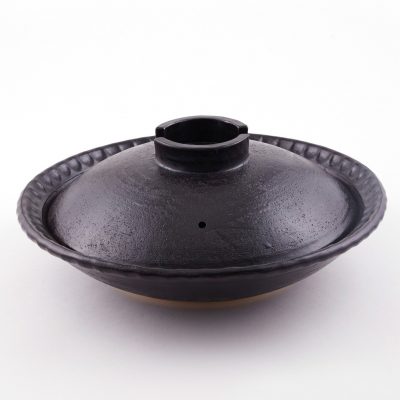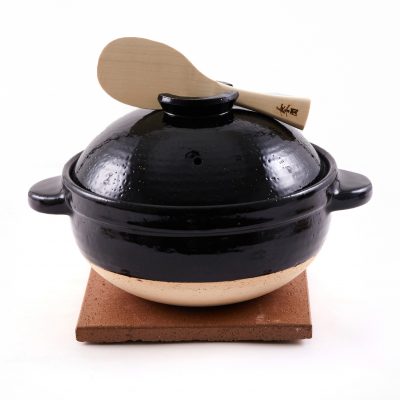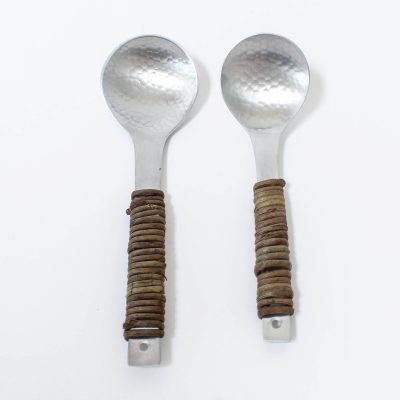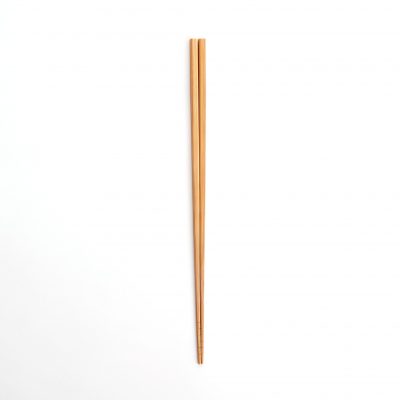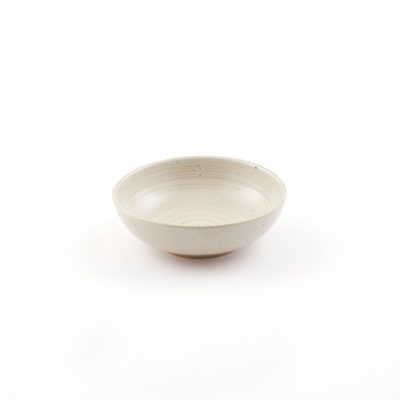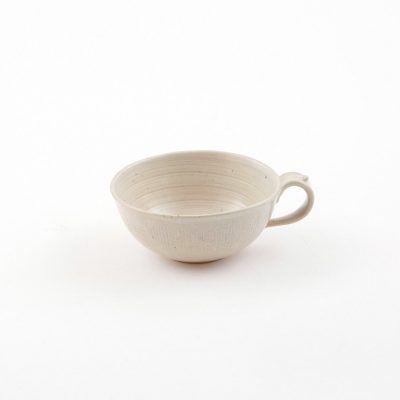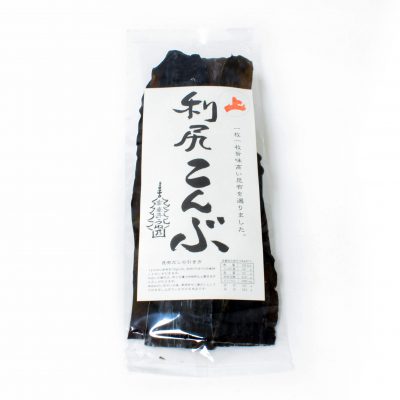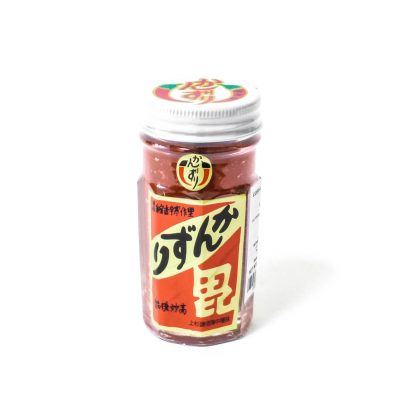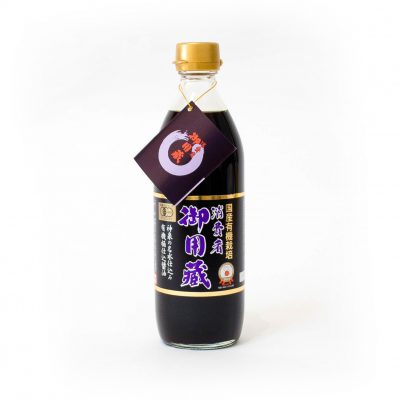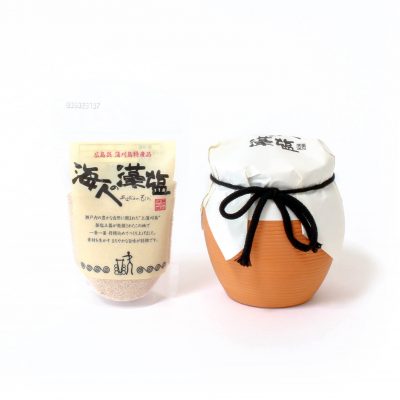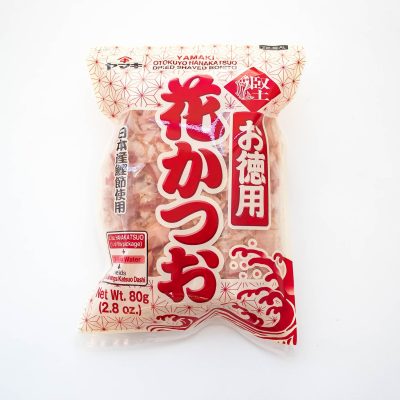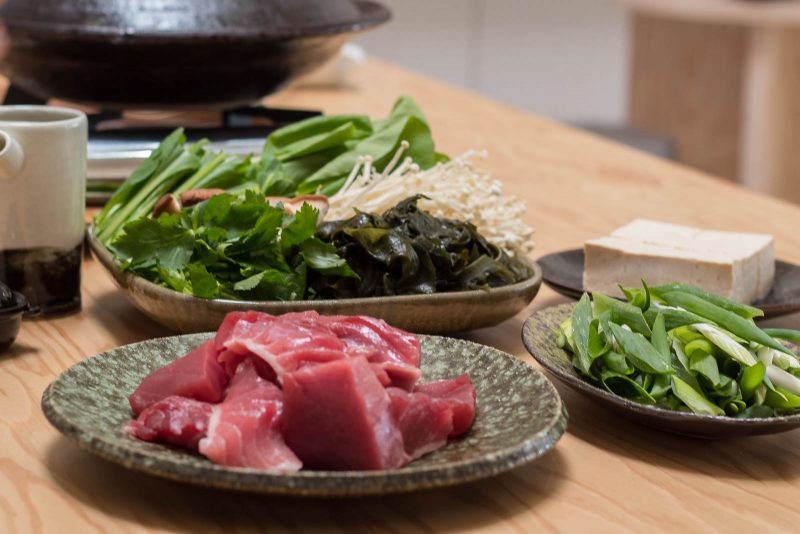
One day, a very good customer of ours stopped by at our shop to give us a block of fresh tuna he just caught from fishing in the Pacific Ocean. How sweet of him! It was super fresh sashimi quality, so we tried some as sashimi with different kinds of soy sauces we have, then for the remaining, I decided to make a donabe hot pot with it. Tuna hot pot in donabe is a popular dish in Japan, and it’s typically made as a combination with negi (Japanese green onion). It’s called Negi-Ma Nabe. The name is short for Negi (green onion) Maguro (tuna) Nabe (hot pot).
This dish is very simple, and all you need is good quality dashi, tuna (obviously!), green onion (for the name’s sake) and any other ingredients you like to add. I like it with my ponzu.
For the shime (finishing course), I like making quick ojiya (porridge) with freshly-cooked donabe rice.
Equipment
Classic-style Donabe 2 qt / 2,000ml or largerServings
4Ingredients
- 5 cups (1,200 ml) kombu and bonito dashi
- 1/4 cup (60 ml) sake
- 2 tablespoons soy sauce
- 1 1/2 teaspoons sea salt
- 1 1/2 pounds (65o – 700 g) high grade tuna (fatty part is preferred), cut into 1 3/4″ (4 cm) wide pieces
- 2 negi (Japanese green onion) or 6 green onions, cut about 2″ (5 cm) long at an angle
- 6 oz (180 g) medium shiitake mushrooms, trimmed and cut into half
- 6 oz (180 g) enoki mushrooms, trimmed
- 6 oz (180 g) wakame seaweed (rehydrated if using dried kind), cut into bite-size pieces
- 6 oz (180 g) komatsuna (Japanese spinach) or your choice of leafy green, cut into 2″ (5 cm) long
- 2 oz (60 g) mitsuba (Japanese parsley), optional
Sauce/ condiments:
Procedure
- Bring the dashi to a simmer in the donabe over medium-high heat. Add the sake, soy sauce, and sea salt.
- You can start cooking the remaining ingredients, down to mitsuba, in the way you like. My suggestion is for the first round, start with just some of the negi and tuna, and cook them until your desired doneness. Enjoy them by dipping in ponzu sauce in a small bowl. For the second round and onward, you can cook the negi, mushrooms, wake, komatsuna, first, then add the tuna and mitsuba, and cook until you like. Enjoy by dipping in ponzu, or you can serve them with the broth and Kanzuri and/ or black pepper on the side.
- Keep cooking until all the ingredients are gone.
Shime (finishing course) suggestion – Ojiya (quick porridge)
You will need: Some freshly cooked warm rice and eggs (usually 2 -3 eggs)
- Make sure to save some broth. Add a little more soy sauce, to your taste (if necessary). Bring to a simmer over medium-high heat.
- Add the freshly cooked rice, about 2/3 of the broth’s volume. Stir so the rice grains are separated. Bring the broth back to a simmer. The rice will absorb some broth and it will become less brothy.
- Drizzle in some beaten eggs all over the surface. Cover with lid and turn off the heat. Let it continue to cook with carryover heat until the egg is your desired doneness (1 – 2 minutes for soft doneness).
- Serve immediately into individual bowls. I like it with some coarsely ground black pepper.
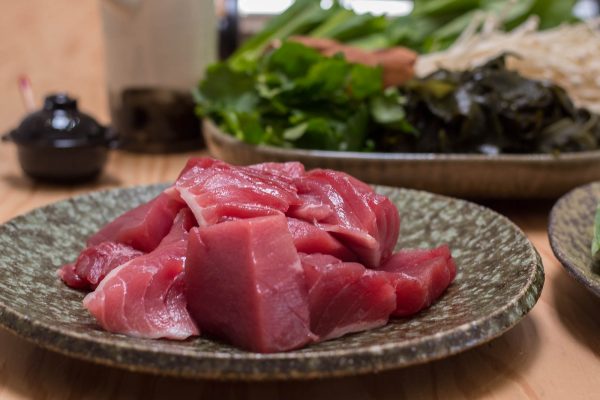
I like the dynamic cuts of the tuna for this dish.

Get all the ingredients ready. You can include any ingredients of your choice. I always like to include wakame seaweed for this dish.
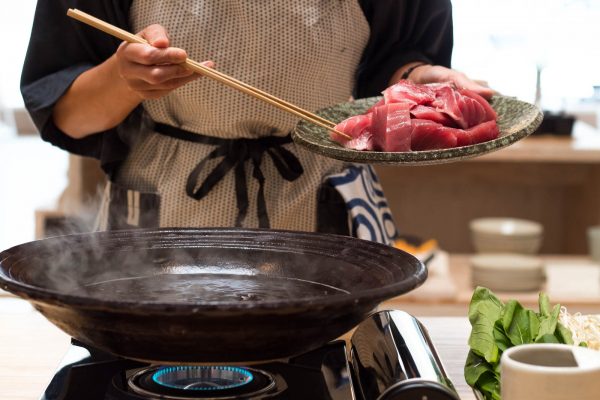
Once the broth starts simmering, it’s time to start cooking.
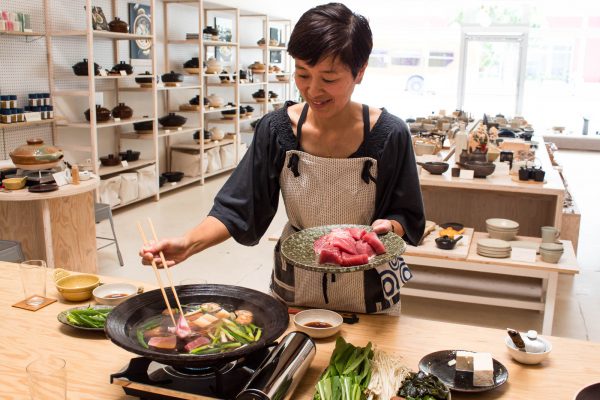
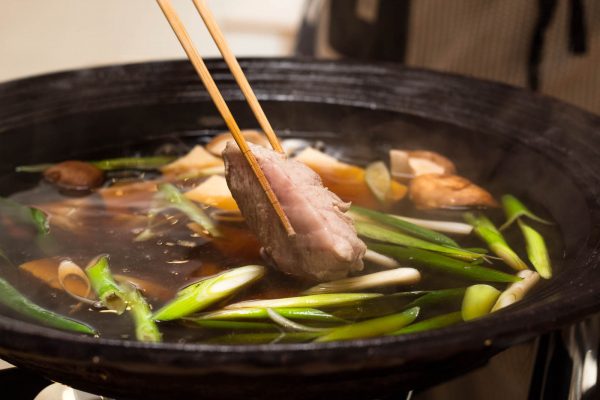
For the first round, just tuna, negi, and some shiitake mushrooms.
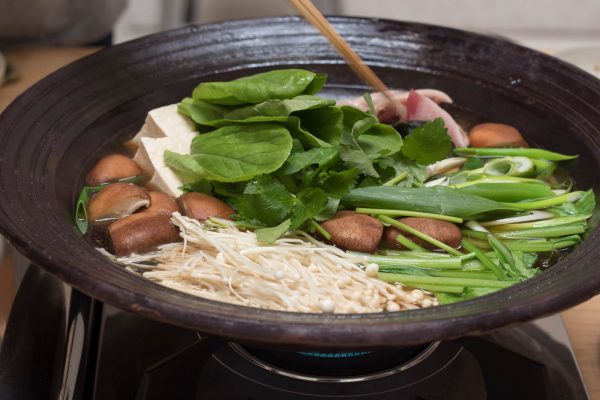
For the second round, we did all kinds.
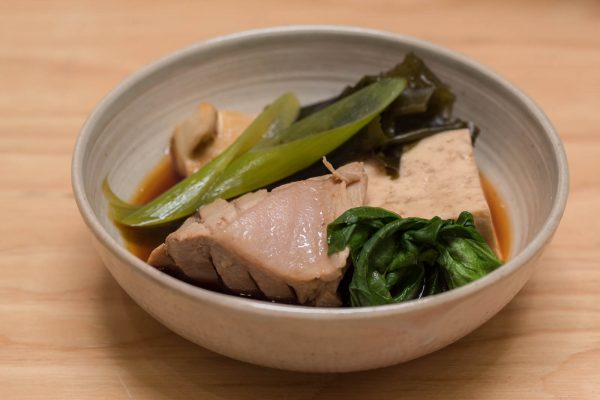
Served with ponzu. So good.
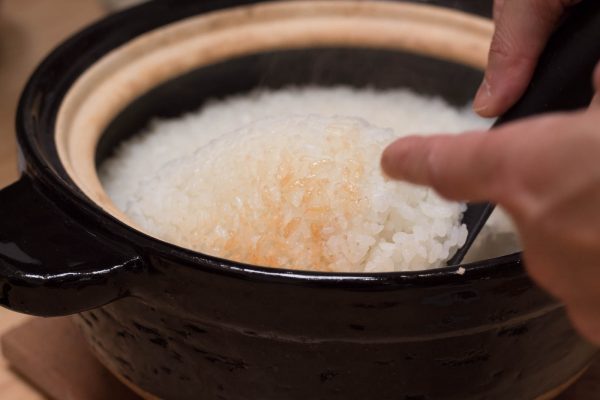
Time for the shime (finishing) course. Rice was, of course, cooked in Kamado-san. We got the nice okoge (crust) in the bottom.
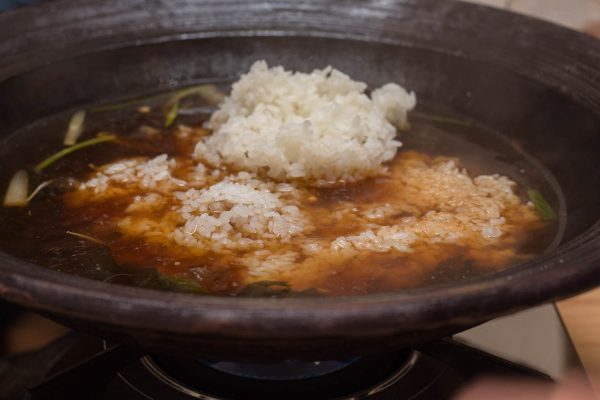
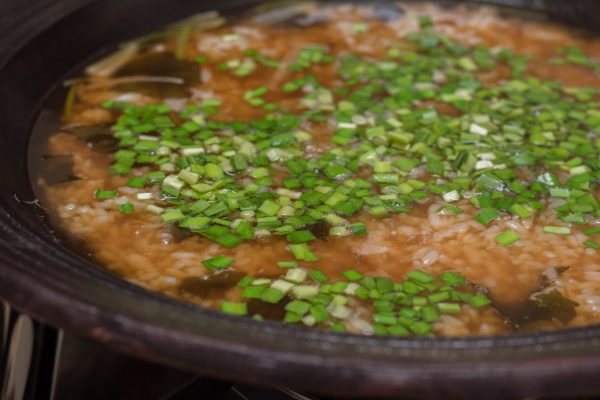
Add the rice to the broth. We also added nira (garlic chives).

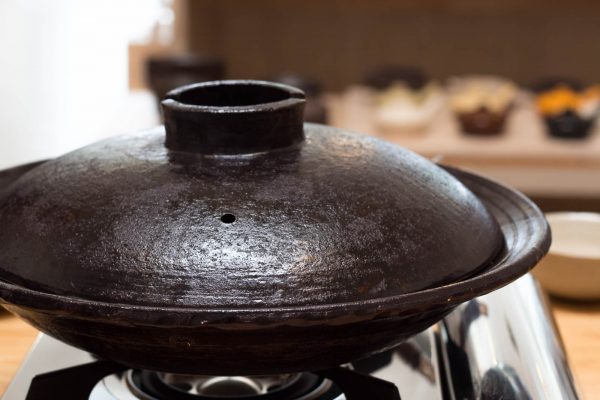
Drizzle in beaten eggs. Cover with lid and turn off the heat. Let the egg cook further with carryover heat (1 – 2 minutes for soft texture).
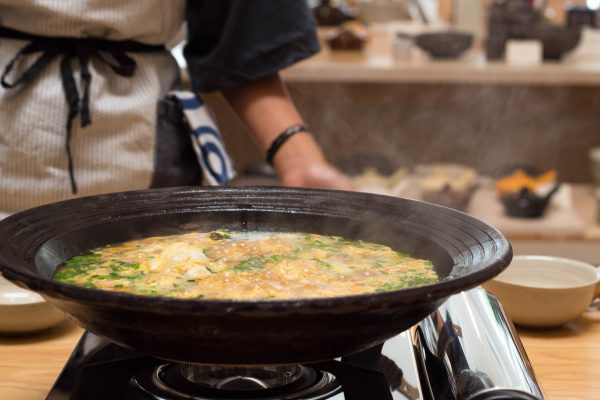
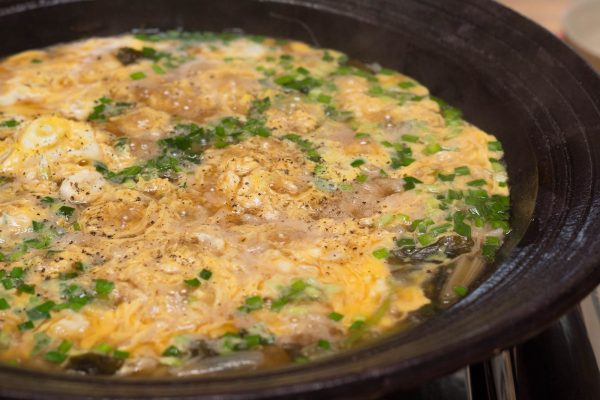
Ojiya (quick porridge) is ready. Ground some black pepper on top.
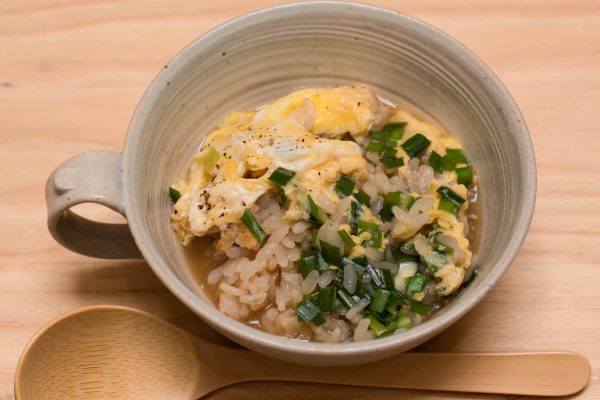
The rice soaks all the great flavors of the broth, and it was so good!

